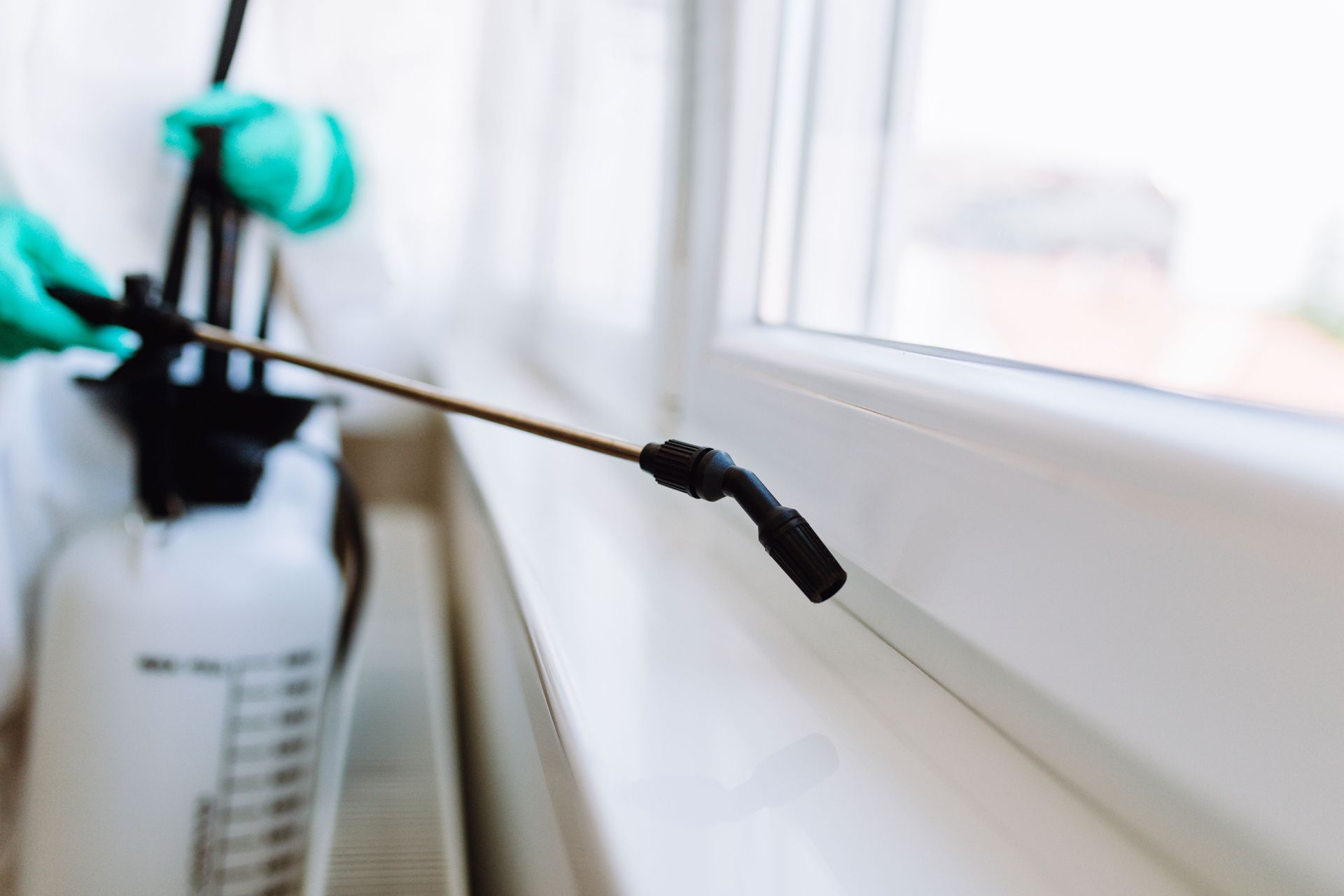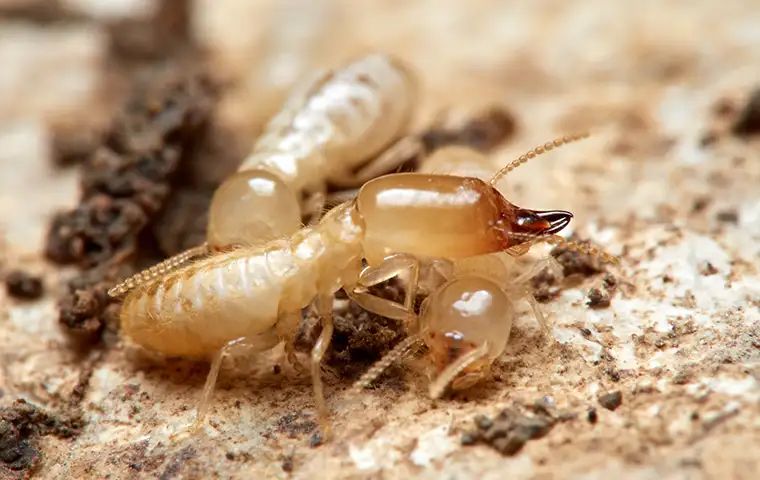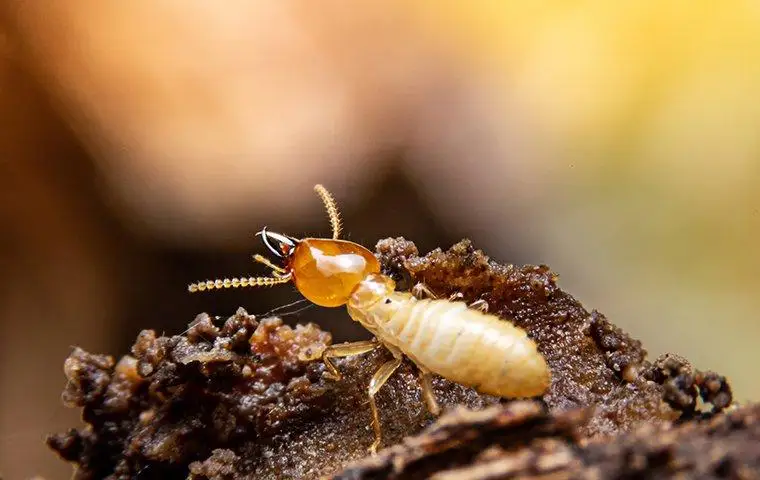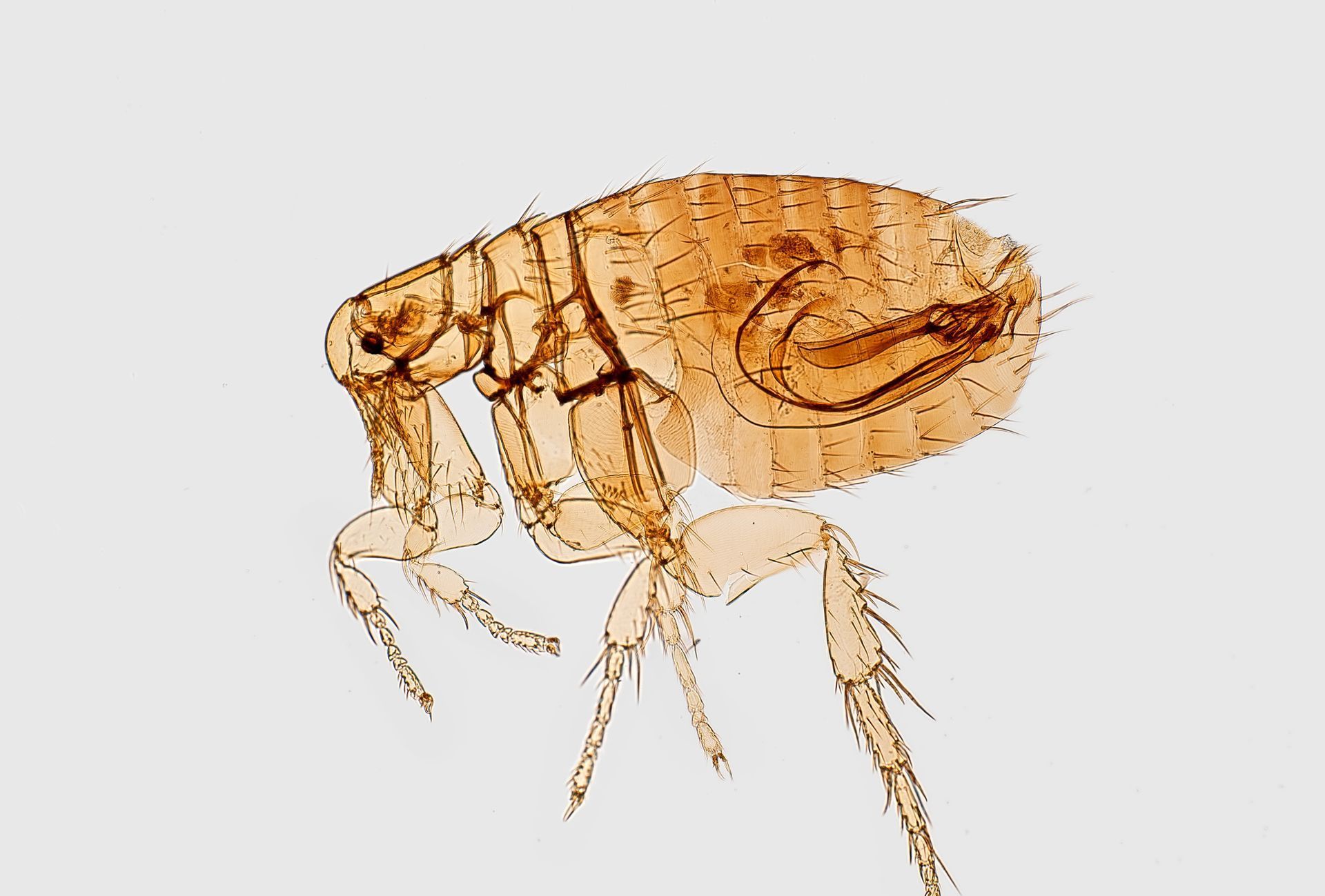FEMALE MOSQUITO VS MALE MOSQUITO
Unveiling the Buzz: Female Mosquitoes vs. Male Mosquitoes
Introduction:
Mosquitoes, those pesky buzzing insects that often disrupt our outdoor activities, come in two distinct genders with different roles and behaviors. While both play a part in the mosquito life cycle, the differences between female and male mosquitoes are significant. In this article, we explore the unique characteristics of female and male mosquitoes, shedding light on their biology, habits, and impact on our lives.
Female Mosquitoes: The Biters
Feeding Behavior:
One of the most notable distinctions between female and male mosquitoes lies in their feeding habits. Female mosquitoes are infamous for their blood-sucking behavior, a necessity for egg development. They require the proteins found in blood to nourish their developing eggs, making them the primary culprits behind those itchy mosquito bites.
Mouthparts:
Female mosquitoes possess specialized mouthparts called proboscis, designed for piercing the skin and extracting blood. These mouthparts are equipped with tiny sensors that help them locate blood vessels beneath the skin.
Reproduction:
The blood obtained during feeding allows female mosquitoes to develop and lay eggs. After feeding, female mosquitoes seek out suitable breeding sites for their eggs, such as stagnant water sources.
Male Mosquitoes: The Nectar Sippers
Feeding Behavior:
Unlike their blood-sucking counterparts, male mosquitoes do not feed on blood. Instead, they primarily feed on nectar from flowers and plant juices, earning them the title of "nectar sippers." The sugar from nectar provides males with the energy needed for flight and mating activities.
Mouthparts:
Male mosquitoes have mouthparts designed for feeding on nectar and plant juices but lack the specialized structures needed to pierce the skin and extract blood.
Reproduction:
While male mosquitoes do play a crucial role in reproduction, it doesn't involve blood. Their primary purpose is to seek out and mate with female mosquitoes. Once mating is complete, males do not contribute to the development of eggs.
Key Differences Summarized:
1. Feeding Behavior:
- Female Mosquitoes: Blood-suckers, require blood for egg development.
- Male Mosquitoes: Nectar sippers, feed on plant juices.
2. Mouthparts:
- Female Mosquitoes: Possess specialized proboscis for piercing skin.
- Male Mosquitoes: Have mouthparts adapted for feeding on nectar.
3. Reproduction:
- Female Mosquitoes: Lay eggs after obtaining blood for reproduction.
- Male Mosquitoes: Contribute to reproduction by mating with females.
Conclusion:
Understanding the distinctions between female and male mosquitoes provides insights into their ecological roles and helps in the development of targeted mosquito control strategies. While female mosquitoes may be the ones responsible for those irritating bites, male mosquitoes play a vital role in the mosquito life cycle through their contribution to reproduction. By recognizing and managing these differences, we can better navigate our interactions with these buzzing insects and mitigate their impact on our outdoor experiences.











Share On: